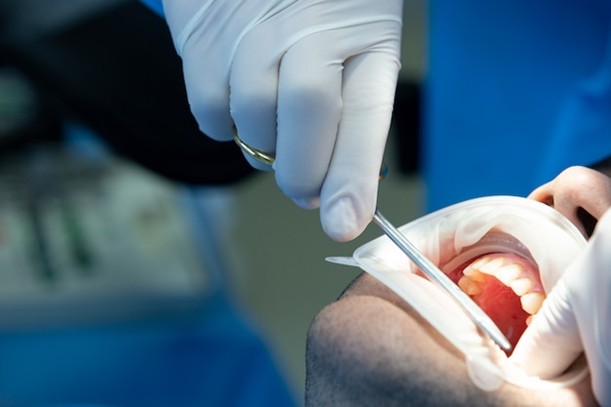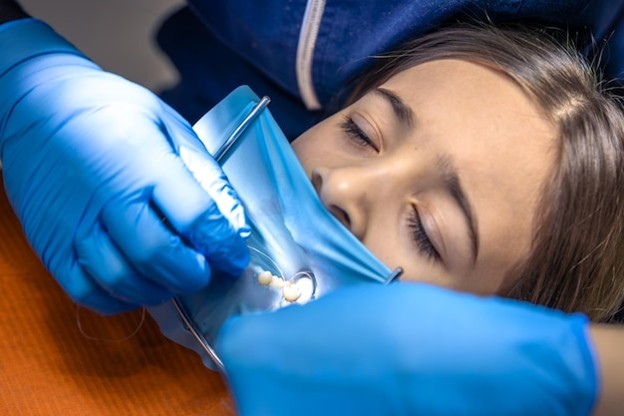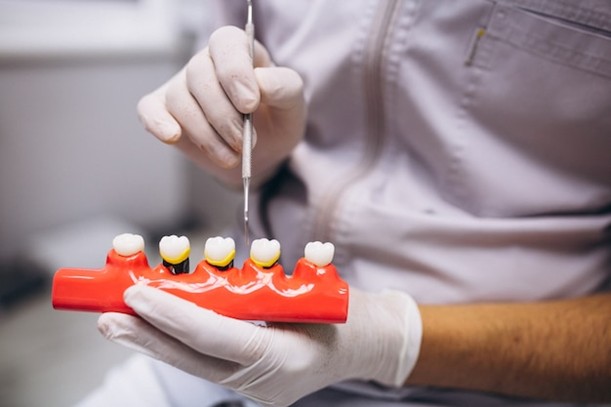
While saving natural teeth is always the goal, there are times when a tooth extraction is necessary to protect your overall oral health. Whether it’s due to severe decay, infection, trauma, or wisdom tooth complications, extractions can prevent further dental problems and relieve pain.
If you're looking for tooth extraction services in Stouffville, understanding why and when a tooth needs to be removed, what to expect during the procedure, and how to recover properly can help make the experience less stressful.
When is a Tooth Extraction Necessary?
Tooth extractions are only recommended when a tooth cannot be saved with other treatments, such as fillings, root canals, or crowns.
Common Reasons for Tooth Extractions
✔ Severe Tooth Decay – When cavities extend too deep, making restoration impossible.
✔ Gum Disease & Bone Loss – Advanced periodontal disease weakens the bone supporting the teeth, causing them to become loose and unstable. Explore gum disease treatment.
✔ Wisdom Tooth Removal – Impacted or misaligned wisdom teeth can cause pain, infections, and crowding.
✔ Overcrowding & Orthodontics – Some orthodontic treatments require extractions to create space for proper teeth alignment.
✔ Tooth Infection or Abscess – If an infection reaches the tooth pulp and a root canal isn’t an option, extraction prevents the infection from spreading.
✔ Trauma or Fractured Teeth – Severe cracks or fractures may compromise the tooth’s structure, making extraction necessary.
Related Read: Tooth Extraction Services: When and Why They Are Needed
According to the Canadian Dental Association, tooth extractions are sometimes necessary to prevent the spread of infection, reduce overcrowding, or remove impacted teeth. The CDA emphasizes that early diagnosis and proper aftercare are crucial for a smooth healing process and preventing complications such as dry socket or infection.
Surgical vs. Simple Tooth Extraction: What’s the Difference?
|
Extraction Type |
Procedure |
When It’s Needed |
|
Simple Extraction |
The dentist numbs the area and removes the tooth using forceps. |
When the tooth is fully erupted and visible. |
|
Surgical Extraction |
A minor surgical procedure is required, often involving an incision. |
When the tooth is impacted, broken, or below the gumline. |
The Tooth Extraction Process: What to Expect

If you need a tooth extraction, understanding the procedure can ease anxiety and prepare you for recovery.
Step-by-Step Tooth Extraction Process
- Consultation & Assessment
✔ A dental checkup will determine if an extraction is necessary.
- Numbing & Sedation Options
✔ Local anesthesia ensures a pain-free experience.
✔ Sedation options such as oral sedation or nitrous oxide help anxious patients feel more relaxed.
- Tooth Removal
✔ For simple extractions, the dentist loosens and removes the tooth.
✔ For surgical extractions, a small incision may be made to safely remove the tooth.
- Post-Extraction Care
✔ A gauze pad is placed to control bleeding.
✔ Your dentist will provide aftercare instructions to ensure proper healing.
Related Read: Tooth Extraction Services: What to Expect at Ballantrae Dental
Recovering After a Tooth Extraction
Proper aftercare helps ensure a smooth recovery and prevents complications like infection or dry socket.
Tooth Extraction Aftercare Tips
✔ Rest & Avoid Heavy Activity – Take it easy for 24-48 hours to allow proper healing.
✔ Apply Ice
Packs – Reduces swelling and discomfort.
✔ Stick to Soft Foods – Yogurt, mashed potatoes, soup, and smoothies are ideal choices.
✔ Avoid Straws & Smoking – These can cause dry socket, which is painful and delays healing.
✔ Take Medications as Prescribed – Follow your dentist’s instructions for pain management and infection prevention.
Need additional recovery support? Learn more about pain management after extractions.
Tooth Replacement Options After Extraction

Leaving a missing tooth untreated can lead to bone loss and shifting teeth. Here are the best tooth replacement options:
|
Replacement Option |
Benefits |
Best For |
|
Permanent, natural-looking, preserves jawbone. |
Patients needing a long-term solution. |
|
|
Fills the gap using adjacent teeth for support. |
Patients wanting a fixed, non-removable option. |
|
|
More stable than traditional dentures. |
Patients missing multiple teeth. |
Final Thoughts: Do You Need a Tooth Extraction?
While tooth extractions may sound intimidating, they are sometimes necessary for your overall dental health. Whether you need a simple extraction, wisdom tooth removal, or emergency tooth extraction, Ballantrae Dental ensures a smooth and stress-free experience.